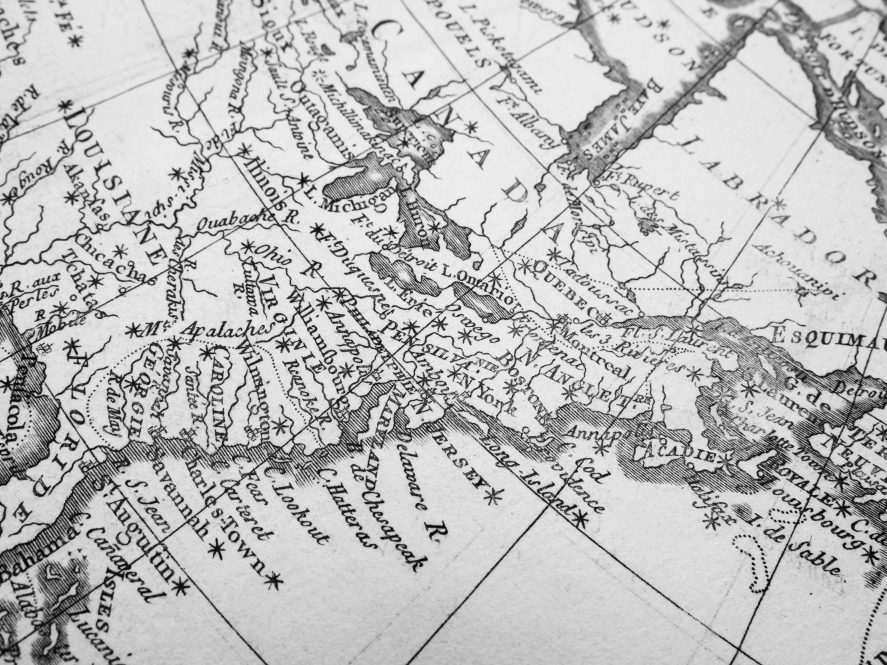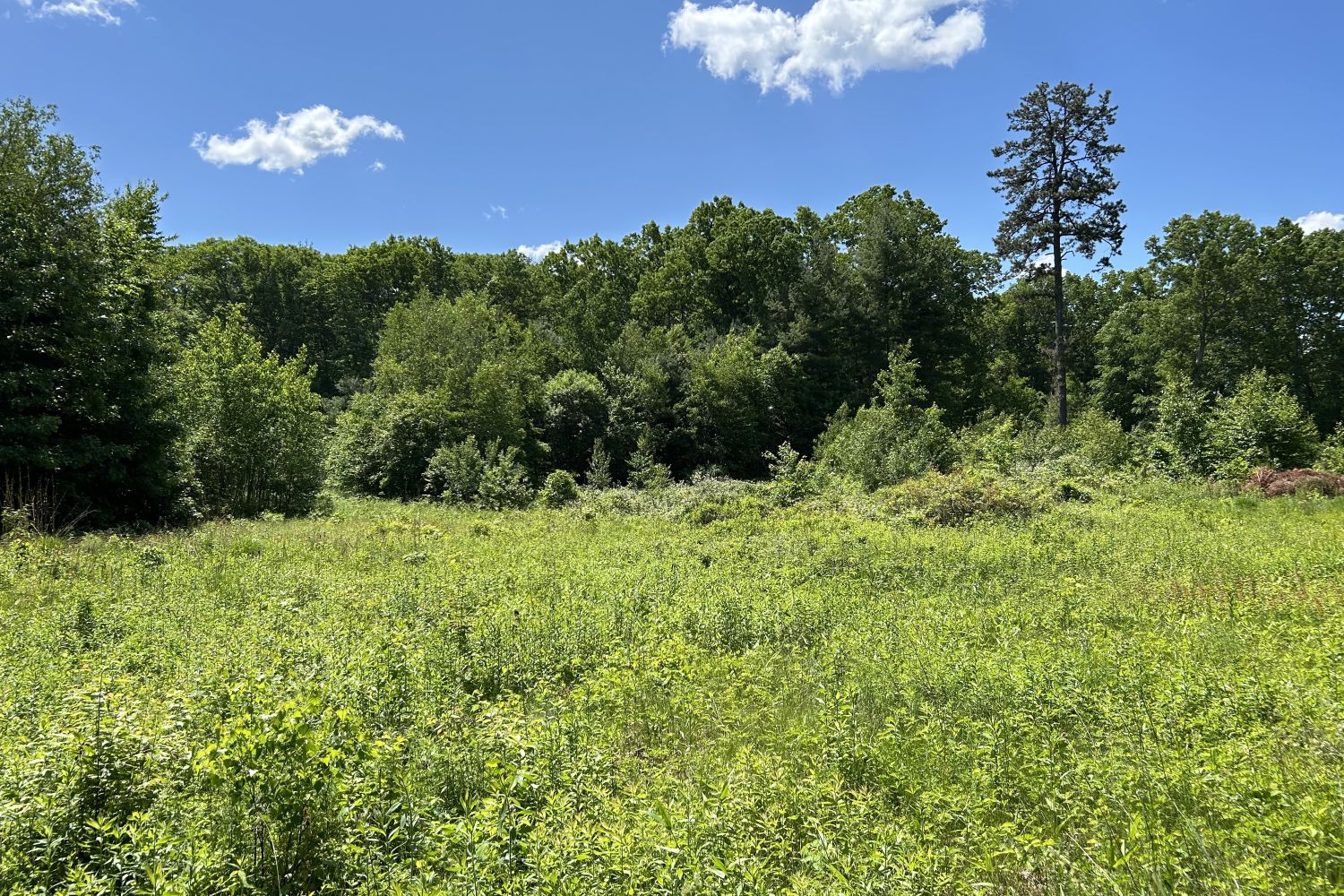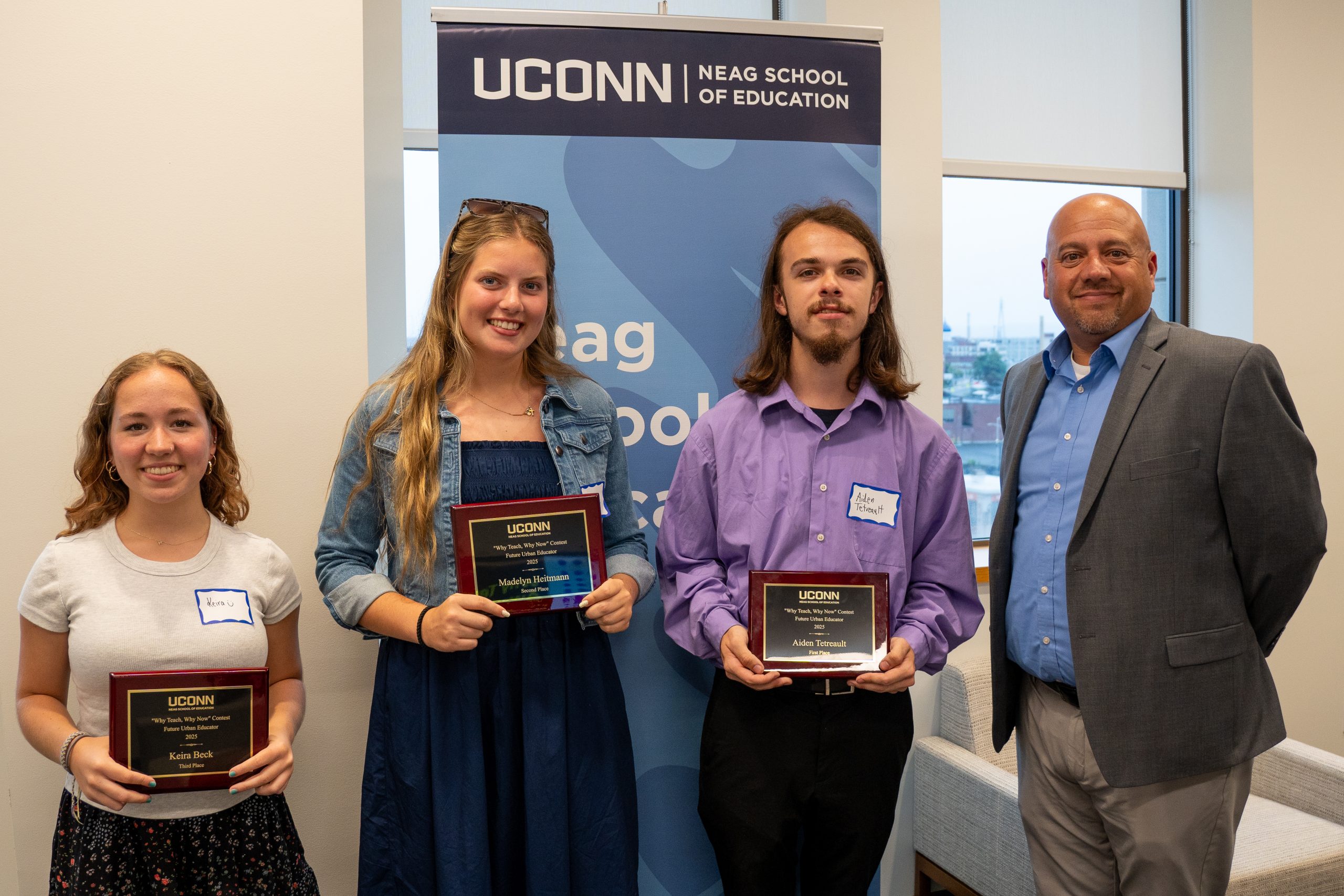Early colonial settlers likely survived the harsh frontier conditions of 17th-century Delaware because they banded as family units to work alongside enslaved African descendants and European indentured servants, according to a new study published this summer in Current Biology.
Anthropological geneticist Raquel E. Fleskes, who was a National Science Foundation Postdoctoral Fellow in UConn’s anthropology department the last two years, authored the study, along with colleagues from the Smithsonian Institution, Archaeological Society of Delaware, University of Tennessee, and University of Pennsylvania who have been studying the Avery’s Rest archeological site near Rehoboth Beach, Delaware, for decades.
Avery’s Rest, a former tobacco farm owned by John Avery and his family from roughly 1675 to 1725, was discovered in 1976, added to the National Register of Historic Places in 1978, and excavated in the early 2000s. Human remains were found in 2013: seven men, two women, and two children.
DNA analysis of those remains shows most were of European descent, although three were of African descent, two men and a child, which was a significant finding, Fleskes says, because they are among the earliest discovered in Delaware.
“Avery’s Rest is notable because the European individuals and African individuals were buried in the same burial ground separated by only 15 to 20 feet,” Fleskes says. “This is different than in later antebellum, 18th-century cemeteries where African descendant persons were often buried in separate locations. Based on this mortuary archaeology, we know that folks were likely integrating in a different way than in later periods, likely influenced by the frontier locale.”
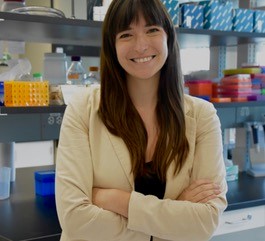
Fleskes explains that her DNA analysis of the remains was done in two phases, with the first looking at the mitochondrial DNA, the maternal lineage, and published in 2019. It found the European individuals were related but African individuals were not.
“For this paper that was just published, we looked at the full 23 chromosomes, which includes the Y DNA, or paternal history,” she says. “We found there is biological relatedness between one of the adult African males and a child – they are father and son. This is significant because this is the earliest identification of biological kinship between individuals of African descent in the North American colonial context.”
Among the European descendant remains, Fleskes identified a grandmother, mother, and infant son, saying this, too, is important because it proves that families were involved in working the land, despite children and women oftentimes being left out of archival records.
“People think settlements comprised white European men who worked the land, died there, and were buried. But what Avery’s Rest shows is kinship as the structuring principle that carries the use of this land through multiple generations,” she says. “The kinship findings are significant because they add another layer to the story of what life was like on the colonial frontier.”
DNA analysis further adds to that story with the determination the eight individuals of European descent were from northwest Europe, which aligns with archival records that show most people who immigrated to Delaware during that time were from England, Fleskes says.
The genetic roots of the three African descendent individuals were harder to pin down, she adds. One has definite connections to West Africa, while the father and son have mixed ancestral backgrounds from west and central Africa.
“This discovery is important in understanding the early origins of the transatlantic slave trade in Delaware during this period, when there are likely fewer than 500 persons of African descent in the area,” she says. “There’s no direct port in this locale, so these men would have had to be forcibly brought into Maryland or the port of New York and then transported via land.”
Fleskes also speculates that since John Avery was a mariner with ties to Barbados, the enslaved individuals could have been brought from the Caribbean. Without direct archival evidence, though, there’s no way to know their backstory or even that they are definitively the two adult enslaved males listed among Avery’s property following his death in 1682.
As for the boy? There’s no record of him during the Avery occupation of the site, Fleskes says, noting that’s not unusual since children – whether of African or European descent – often were not listed in records because of the high childhood mortality rate.
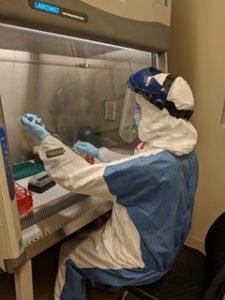
This is a time, she explains, when land that eventually became the state of Delaware was considered a frontier. The area is simultaneously claimed by the colony of Maryland and colony of Pennsylvania/New York, confusing landowners when both came looking for payment of taxes.
People working the land in Delaware, like those at Avery’s Rest, would have had hard lives, Fleskes says.
“Delaware in the 17th century would have felt like it was in the middle of nowhere. This is a very difficult place to live in this time. However, we still see the backbones of families forming. People survived these locations because they were able to form biological family units,” Fleskes says.
She continues, “People should care about this because it is a hard look at the beginning of our colonial nation. We see that even then slavery was very apparent. Indigenous persons who once lived there were pushed out. What we see at Avery’s Rest sets the foundation for later settlement, for the entrenchment of slavery, and for racial relationships going forward.”
Fleskes says she plans to continue her research at Avery’s Rest and next work to identify the 11 individuals found there along with their descendants.
“I try to do my work in close collaboration with archaeologists, archivists, and bioarcheologists to try to tell the whole story of who these people are, what their lived experiences are, and how that can help us understand colonial history a little bit better,” Fleskes says. “Archival documents can be very biased. They’re written from the perspective of elite, white males. Ancient DNA can help us read between the lines of those archival texts and help us understand the lived experiences of women, children, and people of African descent.”
Fleskes’ study, “Historical genomes elucidate European settlement and the African diaspora in Delaware,” was published June 5 in Current Biology. It was funded with grants from the National Science Foundation DDRIG, SBE Postdoctoral Fellowship, and the National Geographic Society.
